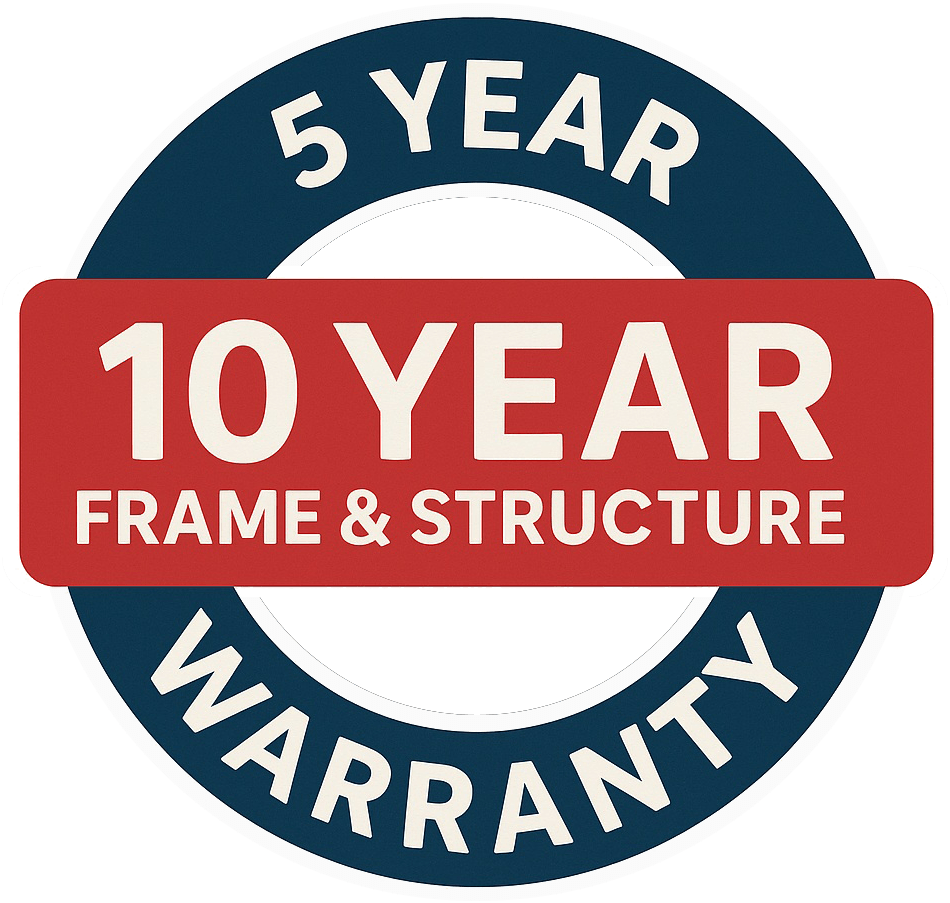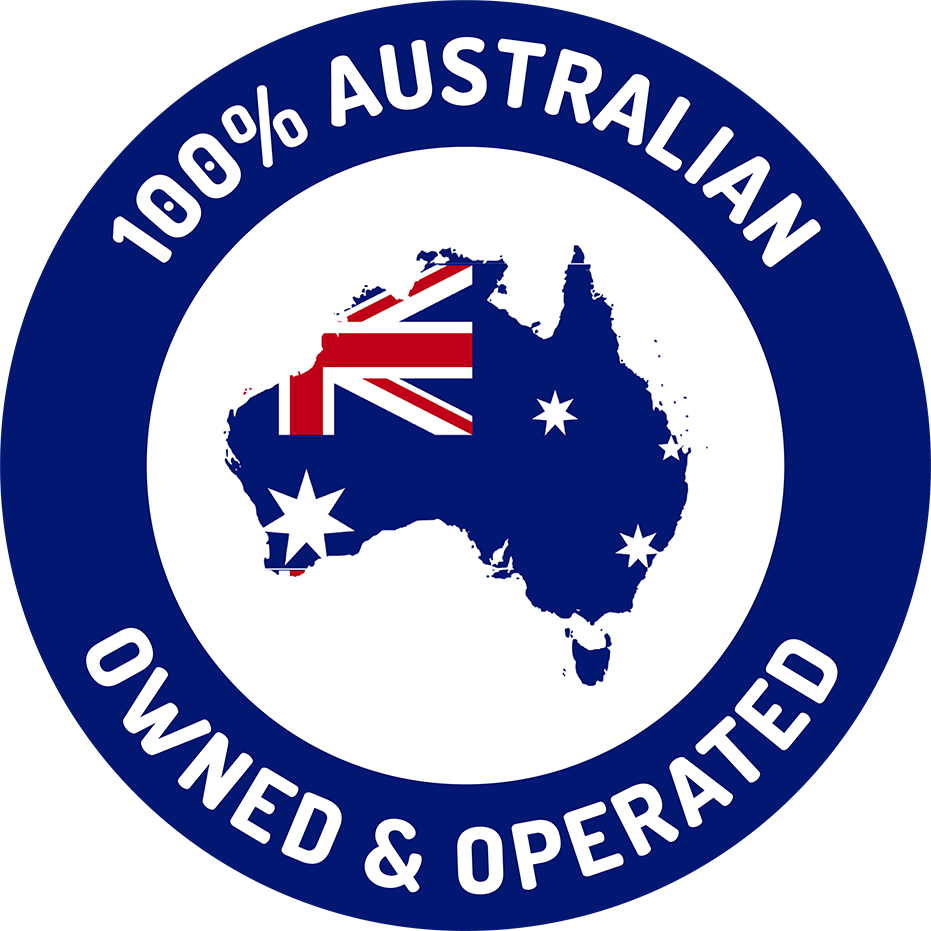Nubuck Leather is one of the most luxurious and sensuous upholstery finishes available today. Revered for its velvety surface, refined matte finish, and rich textural character, nubuck fabric is the hallmark of upmarket interiors and discerning craftsmanship. Yet, behind its soft elegance lies a specific set of care and maintenance requirements that must be understood to preserve its beauty for decades to come.
In this detailed guide, we explore what nubuck fabric really is, how it compares to suede and leather, where it’s used in fine furniture, and—most importantly—how to properly clean and maintain it to ensure its enduring charm in your home.
Nubuck leather is a high-grade, top-grain leather that has been lightly sanded or buffed on the grain side (the outer surface) to produce a velvet-like texture. Unlike suede—which is made from the flesh side of the hide—nubuck retains the outer grain, which makes it more durable and structured, while still offering that desirable softness.
Key Characteristics of Nubuck:
Often mistaken for suede by the untrained eye, nubuck offers far more strength and refinement, making it the leather of choice in luxury sofas, armchairs, ottomans, and upholstered bedheads.
Discerning designers and homeowners favour nubuck leather not only for its tactile elegance but also for its ability to age gracefully. It develops a patina over time that is deeply individual and expressive, which is why many high-end furniture pieces incorporate nubuck as a feature fabric.
Applications in High-End Interiors:
The inherent beauty of nubuck leather lies in its imperfections—the natural scars and grain variations tell a story of authenticity and quality. For homes that celebrate craftsmanship and quiet opulence, nubuck is an ideal choice.
Myth 1: Nubuck is too delicate to be practical.
Reality: While nubuck is more porous than finished leathers, with proper care and protection, it is highly resilient and can last decades in residential environments.
Myth 2: It’s the same as suede.
Reality: Nubuck is made from the outer hide and is more durable, while suede is made from the inner split and is thinner and weaker.
Myth 3: It can’t be cleaned.
Reality: Nubuck leather requires specialised methods and products but is entirely cleanable and maintainable with regular attention.
Before investing in nubuck leather furniture or choosing it for your next upholstery project, it’s important to understand its limitations. Unlike coated leathers, nubuck has no protective polymer or pigment finish. This means:
This doesn’t mean nubuck is unsuitable. On the contrary, it simply means that this luxurious material demands knowledgeable care, much like a vintage car or handcrafted timber.
Caring for nubuck leather doesn’t require a professional for every minor spill—but it does require discipline, the right tools, and consistency.
1. Brushing:
Use a nubuck brush or nubuck cloth regularly to maintain the nap and remove surface dust. Always brush in circular or back-and-forth motions—never aggressively.
2. Vacuuming:
Gently vacuum using a soft brush attachment weekly to prevent the buildup of dust and airborne particles.
3. Rotation:
Rotate and flip cushions periodically to ensure even wear and reduce pressure marks.
1. Nubuck Cleaner:
Apply a specially formulated nubuck cleaning solution every 2–3 months. Spray lightly, allow to dry, and brush gently to restore the texture.
2. Leather Nubuck Eraser:
For dry marks and light stains, use a dedicated nubuck eraser to lift blemishes without damaging the nap.
1. Professional Cleaning:
Once a year, consider engaging a professional leather cleaning service that specialises in nubuck. This ensures deeper sanitation and restoration of colour.
2. Re-application of Protection Spray:
Use a nubuck protector spray that repels water and oil-based stains. These should be reapplied at least twice yearly, especially before summer and winter.
Immediate Steps:
Stain-Specific Solutions:
| Type of Stain | Recommended Action |
| Water-based (juice, tea) | Dab gently, let dry, then brush. Use nubuck cleaner if needed. |
| Oil/grease | Apply absorbent powder (cornstarch or talc), let sit 12 hrs, brush. |
| Ink | Seek professional help—DIY efforts may set the stain. |
| Mud/Dirt | Let dry completely, brush off with a nubuck brush. |
Australia’s harsh and variable climate—from dry interior heat to coastal humidity—presents challenges for natural materials like nubuck leather. That said, the right environmental controls can preserve its lifespan and beauty.
Indoor Placement Tips:
Nubuck should not be used in outdoor furniture applications, even in covered areas. It’s exclusively for protected indoor use.
| Feature | Nubuck | Suede | Top Grain Leather |
| Surface Texture | Soft, velvety, buffed | Fuzzy, inner hide | Smooth or lightly grained |
| Durability | High | Medium to low | Very high |
| Stain Resistance | Low | Very low | High |
| Price Range | Premium | Mid-range | Premium |
| Maintenance | Regular care required | High-maintenance | Low-maintenance |
For those who value aesthetic warmth, softness under the hand, and individuality of finish, nubuck remains unmatched.
Best for:
Not ideal for:
As a rule, nubuck is for those who appreciate detail and don’t mind a little maintenance in exchange for long-term sophistication.
At The Exclusive Home, we offer nubuck in a curated range of premium tones—from bone and parchment to rich coffee and storm grey. Unlike mass-market suppliers, we provide complete flexibility in colour and size, and work with artisans who know how to upholster and treat nubuck with the skill it deserves.
Because our furniture is made to order—not pulled off the shelf—you’ll receive a finished piece that blends timeless appeal with tailored performance.
For the style-conscious homeowner who values luxury, tactility, and elegance over mass-produced convenience, nubuck is more than worth the investment. With proper care, it becomes not only more beautiful with time, but a testament to your taste and appreciation for natural materials.
In the right setting, and with routine attention, a nubuck piece can become the centrepiece of your home—aged to perfection, telling a story that’s both personal and enduring.
For customised, handcrafted furniture featuring premium nubuck finishes, explore our latest indoor collections.
We invite you to contact us to discuss your preferred colourways, upholstery style, or to request care product recommendations specifically suited to Australian conditions.

